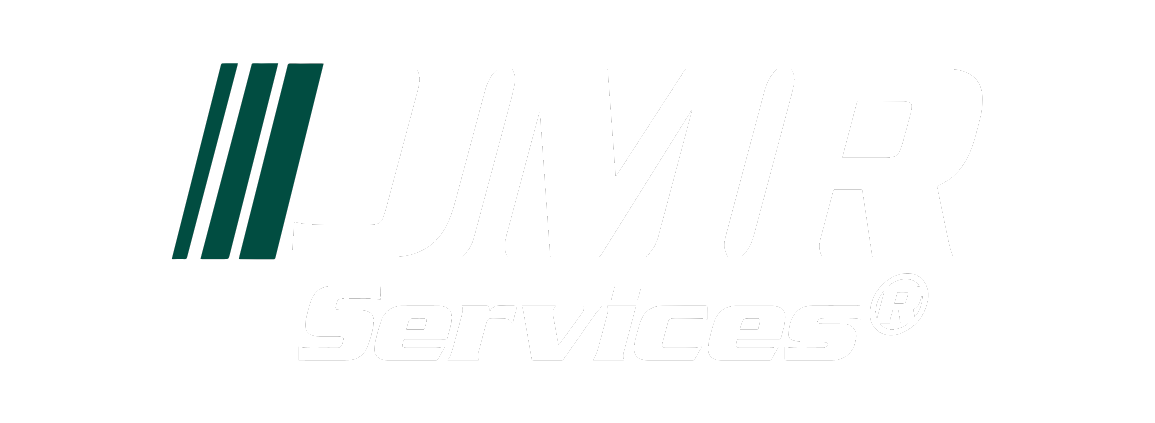The Future of Plugging and Abandonment: Innovations and Trends
- Kate Rocha
- 2 days ago
- 3 min read

The oil and gas industry is undergoing a significant transformation, driven by advancements in technology, increasing environmental regulations, and a growing focus on sustainability. One critical area that is evolving rapidly is Plugging and Abandonment (P&A)—the process of safely sealing wells that are no longer in use. As the industry looks to the future, innovations in P&A are poised to improve efficiency, reduce environmental impact, and ensure long-term safety. In this article, we’ll explore the key trends and emerging technologies shaping the future of P&A and how companies like JMR Services are leading the way.
Why P&A is More Important Than Ever
The global focus on reducing carbon emissions and addressing environmental concerns has placed P&A at the center of the oil and gas industry’s sustainability efforts. The proper abandonment of wells is crucial for preventing methane leaks, groundwater contamination, and long-term environmental damage. With a growing number of aging wells and stricter regulatory requirements, the need for efficient and environmentally responsible P&A practices has never been more urgent.
As the industry moves forward, innovations in P&A are focused on achieving several key goals:
Minimizing methane emissions from abandoned wells.
Improving the efficiency and cost-effectiveness of well abandonment.
Enhancing environmental protection by reducing the risk of groundwater contamination and soil degradation.
Ensuring long-term well integrity through advanced materials and techniques.
Key Innovations Shaping the Future of Plugging and Abandonment
Advanced Cementing Technologies
One of the most critical aspects of P&A is the placement of cement plugs within the wellbore to block the flow of fluids and gases. In recent years, significant advancements in cementing technologies have emerged, making well abandonment safer and more effective. Modern cement formulations are now designed to withstand extreme temperatures and pressures, ensuring that the plugs provide a long-lasting seal.
Data Analytics and Predictive Modeling
Data analytics and predictive modeling are transforming the way companies approach P&A. By analyzing historical well data, geological information, and real-time sensor readings, operators can make more informed decisions about how to plug a well effectively. Predictive models can help identify the most likely points of failure in a wellbore and suggest the optimal placement of cement plugs to ensure long-term integrity.
These tools also enable more precise cost estimates for P&A operations, helping companies plan more efficiently and avoid unexpected expenses. By leveraging data, the industry is moving toward a more proactive approach to well abandonment, ensuring that each well is sealed based on its unique conditions and risks.
Innovations in Methane Mitigation
Methane emissions from abandoned wells have become a significant environmental concern, with many older wells leaking methane long after they have stopped producing oil or gas. To combat this issue, new technologies are being developed to monitor and mitigate methane emissions more effectively.
Regulatory Incentives for Sustainability
As governments around the world introduce stricter regulations aimed at reducing greenhouse gas emissions, the oil and gas industry is being pushed to adopt more sustainable P&A practices. In the United States, the Inflation Reduction Act’s Methane Emissions Reduction Program provides financial incentives for companies to plug wells in a way that minimizes methane emissions.
These regulatory pressures are encouraging the development and adoption of new technologies and practices that not only comply with environmental standards but also contribute to the long-term sustainability of the industry. Companies that invest in innovative P&A solutions are likely to be rewarded not only with regulatory compliance but also with enhanced reputations and reduced operational risks.
Conclusion
The future of Plugging and Abandonment is being shaped by a combination of technological advancements, regulatory pressures, and a growing commitment to sustainability. From advanced cementing techniques to data-driven decision-making and methane mitigation, the industry is evolving to meet the environmental and operational challenges of the modern era.
At JMR Services, we are proud to be at the cutting edge of these innovations, ensuring that our P&A operations are both safe and environmentally responsible. As the industry continues to evolve, JMR will remain a leader in adopting new technologies and setting the standard for sustainable well abandonment.
